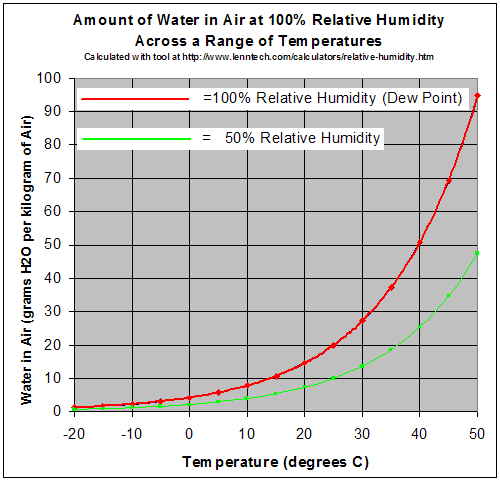- Sep 28, 2008
- 4,800
- 16
- 354

Okay BYC... lets see what you got for birdies!!! Let the chick flick begin!!!!
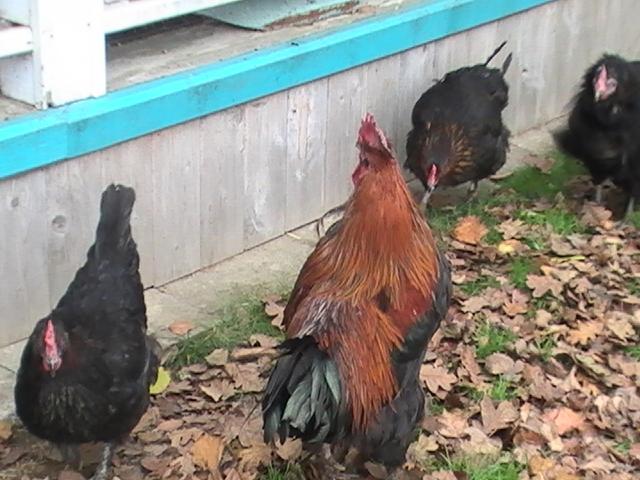
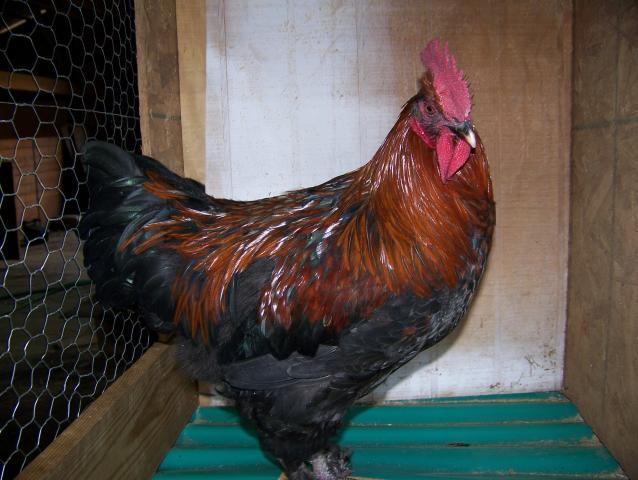
Before we go into specifics on color I would like to say that the number one priority for showing is good overall form and health of the bird. He should fit into the diagram like this one here:
http://www.google.com/imgres?imgurl...a=X&ei=gkZATdn3KomesQP1ke3gCA&ved=0CBYQ9QEwAA
Thank you Littlepeddler for putting this in cyberspace for us.
When we talk about color balance we are talking about how the copper colors the back. It is our striving to get a uniform copper color across the back with some mahogany but basically a uniform appearance..not too much red and not too much black. With this there are markers such as leg color and eye color that keep us on track.
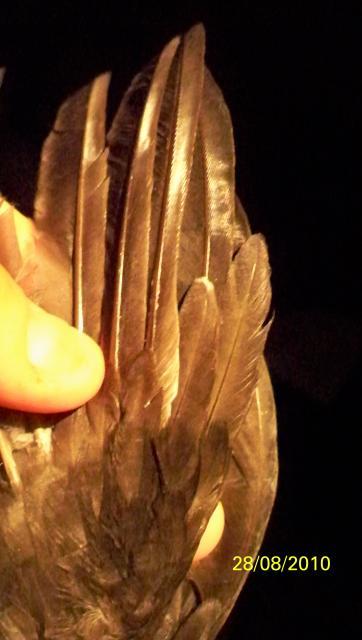
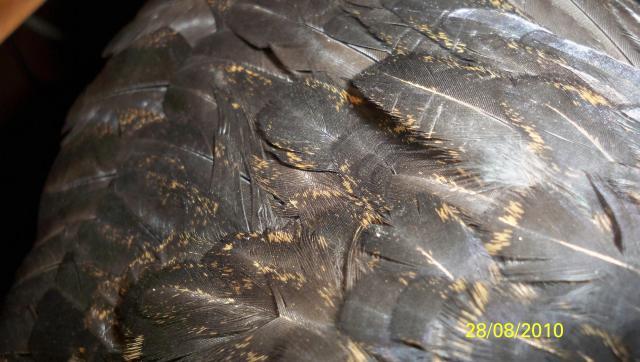
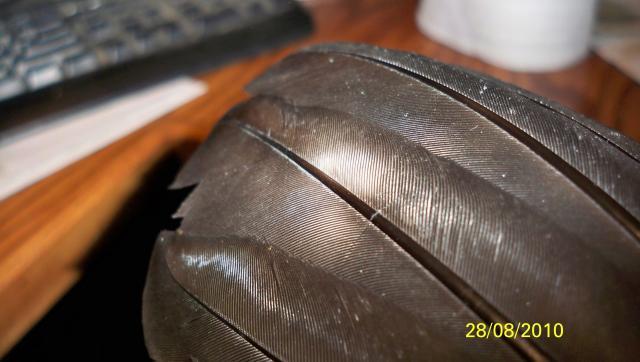
When we talk about the melanisers we are talking about how much black... The black covers the red/copper and it "blooms" on the bird.. Sometimes (a lot of the time) the bird grows too fast for the color to catch up and we may see a mossy appearance or a white feather appearance. This is a culling point on an adult bird.
When you have both ends of the spectrum both too much black and too much color in opposite sexes there is a chance to do some crossing for improvement... test mating.
Here is the link to the marans website for the standard: http://www.maransusa.org/standards.html
Also the clubs associated with the breed. I encourage you to visit these websites however.... be careful that you don't have something on the stove... you will burn it. There is hours of information that has been collected and is a wonderful works of art that has been put together by some of the best ppl in the marans world. Lots of information to be had.... Enjoy yourself!!!! Thanks to the great group of folks that have made these sites available.
http://maransofamericaclub.com/breederslist.php
http://www.maransusa.org/
http://marans.eu/varieang.htm#varietes Here is the French website that has good strategies for breeding this color. Since there is currently no APA in place it is a good place to jump off. It is probably a good strategy for linebreeding till you get to the near end of the product and then can balance accordingly for the show pen.

Last edited:


